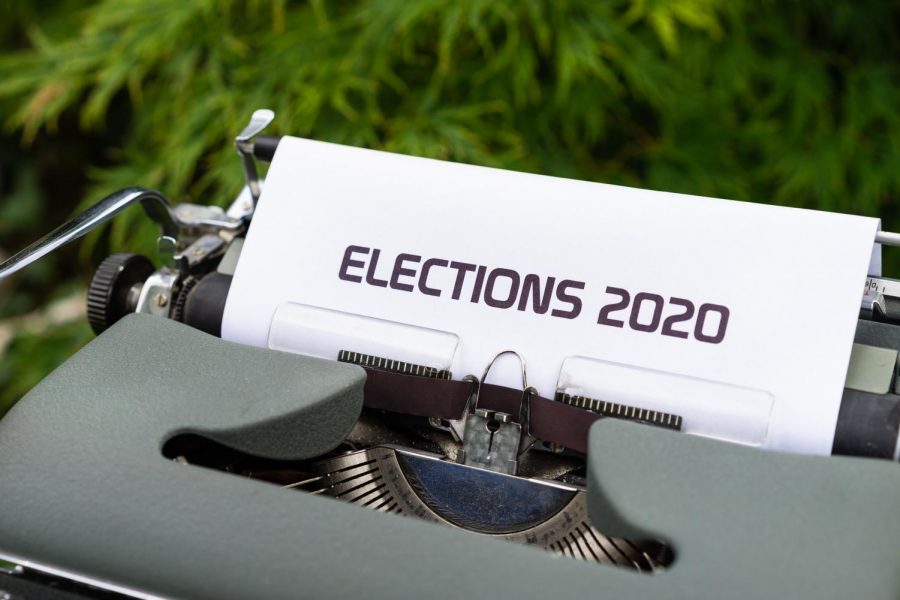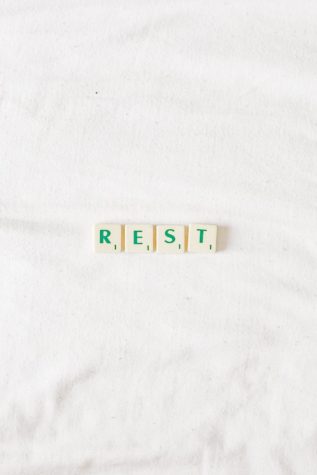Election Narratives: Through a Different Lens
Living through the 2020 presidential election in the United States, following along with the news cycle, and conversing with our peers about the campaigns challenged each of us in various ways. As a teacher, I grappled with providing students the tools to distinguish between fact and disinformation. In this unit in our class, we discussed journalistic ethics and editorial standards as well as “objectivity” and “neutrality” in reporting on highly charged events. What is a reporter’s responsibility to her readers when the political and social climate are so polarized?
Journalism students embarked on a project to make sense of the news coverage surrounding the individual candidates, their platforms, and, perhaps most strikingly, how the pandemic would shape the election. As October wore on, it became clear that thousands of voters questioned the reliability of vote counting methods and election results. Now, in the aftermath of the insurrection at the capitol building on January 6th, 2021, these Election Narratives take on historical significance. They stand as researched primary documentations of students’ observations, accounts of events, and the curation of news reporting about the presidential election during a global pandemic. In 2020, voters around the country navigated disinformation, staying safe, new voting procedures, and an ever-changing news cycle. These Election Narratives might, in some ways, help us make sense of the competing stories and information that proliferated during a contentious national election.
This section of the newspaper site is dedicated to an examination of a single issue or event through multiple points of view. Journalism students learned the basics of narrative nonfiction and participated in the form in order to document and analyze the influx of information and reactions to this historical period. The staff has chosen a representative selection of these articles to publish here.






